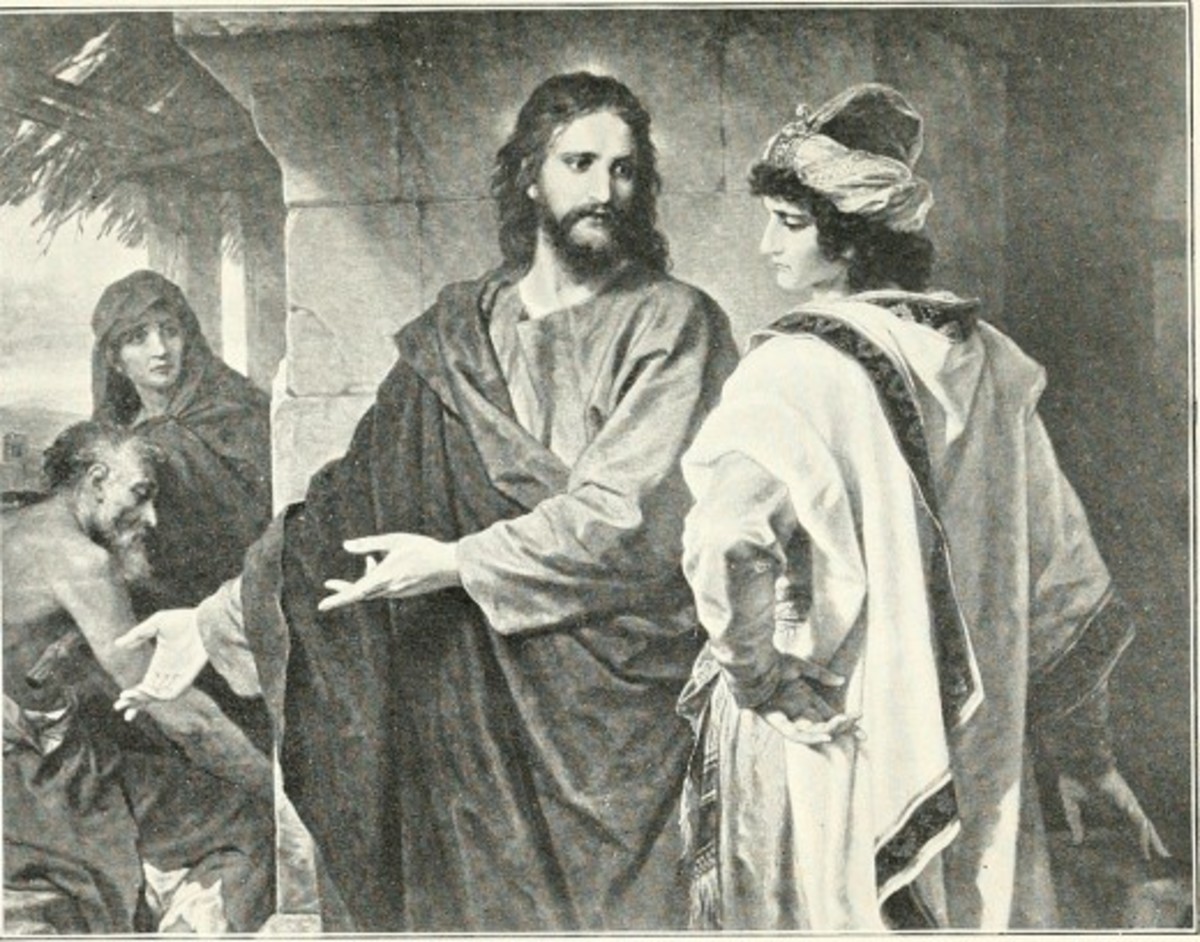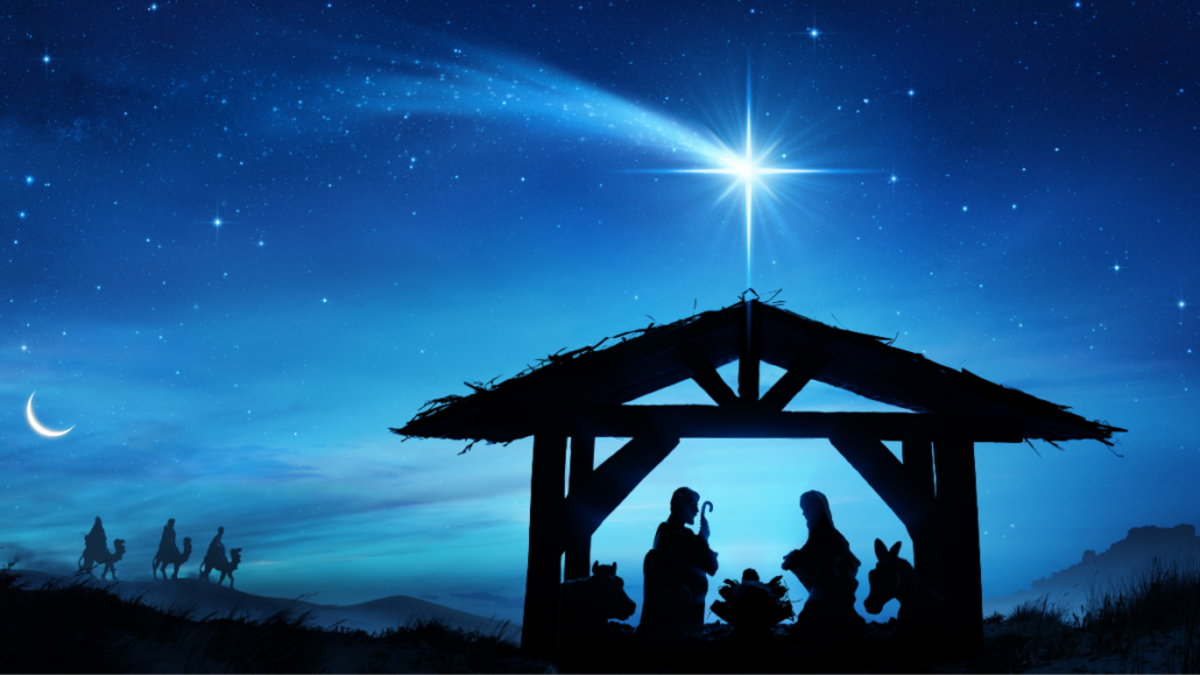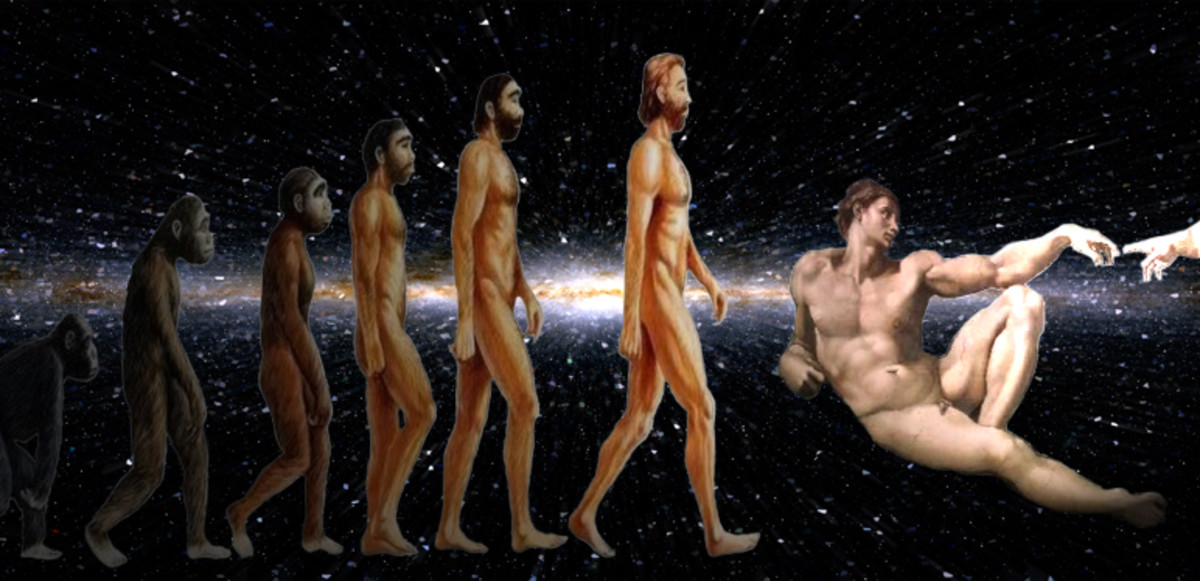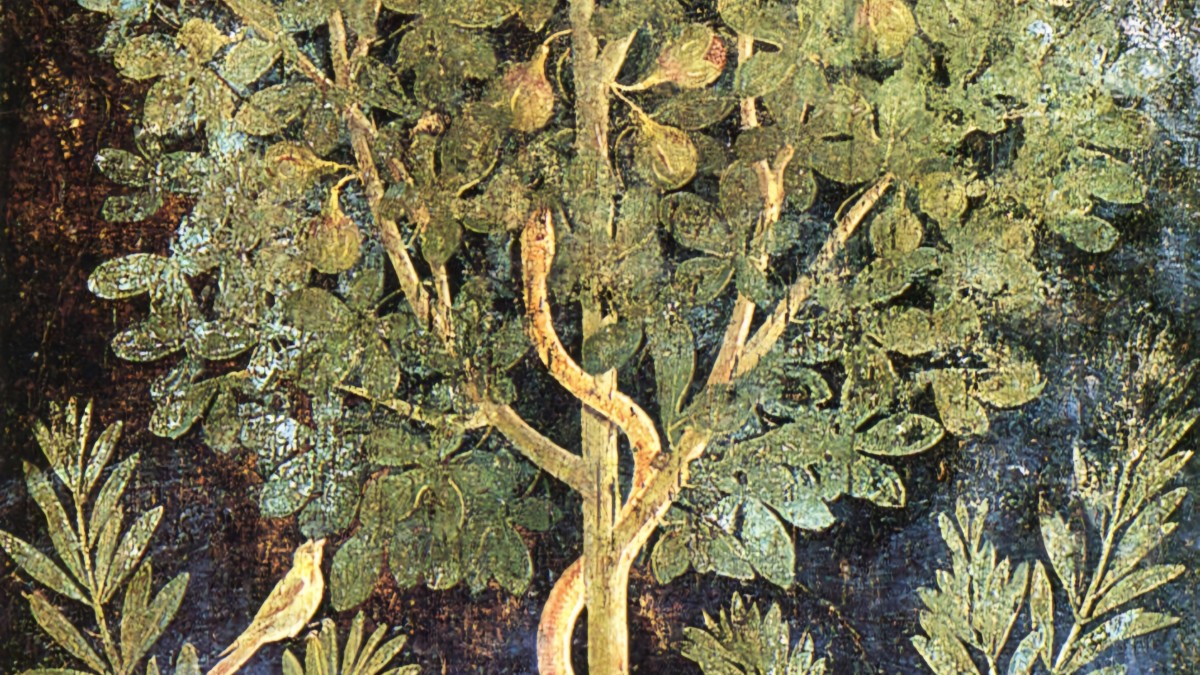John 9:1-12: A Biblical Study of the 'Man Born Blind'
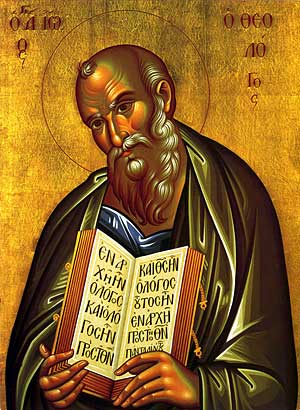
An Overview
The Gospel of John is perhaps the most heavily symbolic account of the life, works, death and resurrection of Jesus of Nazareth to be found in the New Testament. Through a series of episodes and ‘signs’, this Gospel promotes a high Christological perspective of Jesus as the ‘Son of God’ who had descended from heaven to complete and glorify human life and tradition.
The story of the man born blind pays tribute to this Johannine agenda, and is in itself one of the most symbolic passages in this unique Gospel. As this episode is not recounted in the Synoptic Gospels, modern scholarship has proposed that it is a wholly inimitable Johannine construction and most likely did not actually occur during the earthly ministry of Jesus himself[1]. As divorced as it might be from the historical Jesus however, it is possible through the evangelist’s distinctive use of language to locate within it the historical developments and evolving theology of the first century Johannine community.
As is the case throughout the Fourth Gospel, this passage is heavily pregnant with Judaic symbols and meanings which have been transformed in the Johannine framework to apply to Jesus’ identity and his earthly mission. Through the use of such symbols and meanings, the evangelist unmistakably marks the functionality of Jesus as the fulfillment of the religious traditions of the Judaic people. The most important features of the Jewish religious tradition are reinterpreted by the evangelist and transferred to the person of Jesus. Through the paradoxical mediums of light/darkness and sight/blindness, this important passage of the Johannine Gospel marks Jesus as demonstrating the creative power of God at his own hands. Whether the passage is a product of the historical circumstances of the Johannine community or vice versa, it serves as a significant method of legitimising their belief system over and against that of the Judaic peoples of post-70CE Rabbinic Judaism.
[1] Sandra Schneiders, “To See or Not to See: John 9 as a Synthesis of the Theology and Spirituality of Discipleship,” in Word, Theology and Community in John, eds. John Painter, R. Alan Culpepper and Fernando F. Segovia (St Louis: Chalice Press, 2002), 190.
Context of the Passage
John 9 forms the last component of a literary bloc extending from chapter 7, and is part of a continuing account of the activities of Jesus and his disciples during an extended stay in Jerusalem for the Feast of Tabernacles (Booths)[1].
The connection between the discourse material in chapters 7 and 8, and the ‘sign’ depicted in chapter 9 is made clear by the repetition of the claim made by Jesus that he is the “light of the world” (Jn 8:12; 9:5). The presence of water in connection with the healing of the man born blind (Jn 9:6-7) also suggests that this is the case, as it is a clear, though implicit, extension of the theme of chapter 7 which associates Jesus with the offer of “living water” (Jn 7:38).
It is thus that this passage functions as a commentary on, and justification of, the claims of Jesus as the fulfillment of human life and tradition, and serves to validate the Johannine understanding of him as “from God” (Jn 9:33).
[1] Larry Paul Jones, The Symbol of Water in the Gospel of John (Sheffield: Sheffield Academic Press: 1997), 161.
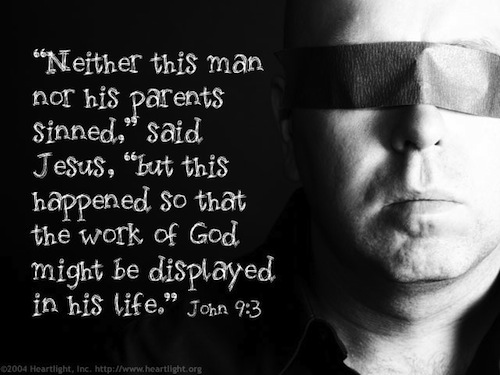
Literary Forms
John 9:1-12 is an unambiguous example of a Johannine miracle story.The importance of miracle stories in the Johannine gospel is that they serve three functions[1]:
1) Legitimisation.
2) Evangelisation.
3) Instruction.
In this case, it is the legitimisation and instructive aspects which are the most significant. Following the discourse narratives in chapters 7 and 8, John 9 legitimises the claims of Jesus that he is exactly who he says that that he is. Jesus is he who is sent from God in order to glorify human life[2]. In light of this validation, this passage also functions to teach the Johannine community what the evangelist considers to be proper Christology.
The fact that this passage funcions as a miracle story is made quite clear from its structure. This passage follows the exact construction of such a story, consisting of three elements which are each enlarged by dialogue[3]:
Verses 1-5:
Present the problem that will be dealt with in the narrative[4]. Here, the problem is identified as blindness/darkness, as Jesus and his disciples encounter a man born blind in the Temple grounds as they leave the Temple proper (v. 1). The first dialogue occurs between Jesus and the disciples and expands the narrative by associating such blindness/darkness with sin. In this dialogue, the disciples ask Jesus who transgressed so that this man might be blind (v.2)[5]. In response, Jesus declares that this suffering was not caused by sin (v. 3), points forward to the future end of his earthly ministry (v.4), and identifies his unique nature (v.5).
Verses 6-7:
Provide a description of the ‘sign’ enacted by Jesus[6]. Here we have a two-part description comprised of the action of Jesus (v.6), and the reaction of the inflicted individual to the ‘sign’ (v.7). The dialogue accompanying this component is a rather short one, but is heavily ensconced with meaning. After anointing the eyes of the man born blind with mud made up of dust and his very own spittle, Jesus commands the man to “...‘Go wash in the pool of Siloam’...”(Jn 9:7), which he did.
Verses 8-12:
Comprise the first in a four-part reaction to the miracle described in verses 6-7 which extends to the end of the entire narrative[7]. In this scene, the dialogue is between the neighbours of the now healed man and later between them and the man himself. The overarching theme presented in this dialogue is that of agnosticism and lack of knowledge. In response to the uncertainty of the dialogue between his neighbours (v.8-9, 10), the now healed man confirms the ‘sign’ by stating that he is indeed the same man as used to sit in the Temple grounds and beg (v.9), and systematically recounting the miracle (v.11). A significant part of this dialogue is the lack of knowledge exhibited by the healed man in the face of the interrogation of his peers regarding the location of Jesus (v.12) as it carries with it the whole message of the narrative and comes to its conclusion in verses 40-41.
[1] Charles H. Talbert, Reading John: A Literary and Theological Commentary on the Fourth Gospel and the Johannine Epistles (New York, NY: The Crossroad Publishing Company, 1992), 162.
[2] Which becomes all the more important as one moves to identify the message of the passage concerning the role of Jesus regarding the supersession of Jewish religious traditions.
[3] Talbert, Reading John, 158.
[4] Talbert, Reading John, 158.
[5] A directive towards the Deuteronomic tradition.
[6] Talbert, Reading John, 159.
[7] Talbert, Reading John, 159.
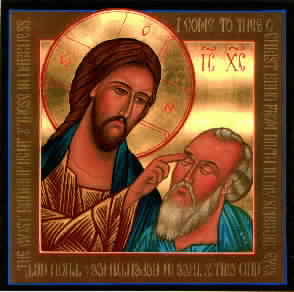
Literary Structure
Although this passage seems to seamlessly follow on from Jesus’ departure from the interior of the Temple (8:59), it is clearly suggested that this is not the case. Where the Pharisees were principal characters in chapter 8 (8:31-58), now they have vanished from the narrative, and the addition of a hitherto absent character in the man born blind makes it plain that John 9:1 begins a new literary division[1].
This new narrative unit itself consists of three sections (vv. 1-14, 15-34, 35-41), divided into eight stages[2]. The account of the healing of the man born blind comprises the first section and consists of four ‘sub-units’, three of which we are presently concerned[3]. Verses 1-5 form one half of an homocentric pattern regarding sin and blindness which, together with verses 40-41 in the last section of the chapter, comprise an inclusio for the second section in which the man born blind is interrogated by the religious authorities.
[1] Jones, The Symbol of Water, 162.
[2] Two stages in both sections one and three, and four stages in section two (Dorothy A. Lee, The Symbolic Narratives of the Fourth Gospel: The Interplay of Form and Meaning (Sheffield: JSOT Press, 1994), 163).
[3] Jesus and the disciples encounter the man born blind (vv. 1-5), Jesus heals the man (vv. 6-7), neighbours of the man confirm the miracle (vv. 8-13), and an ‘informational interlude’ (v. 14) (Jones, The Symbol of Water, 164).
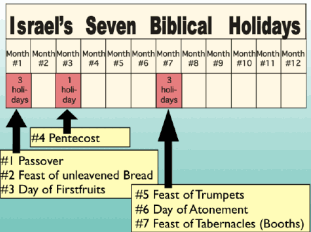


Jesus as the Fulfillment of the Judaic Tradition
As discussed earlier, John 9:1-12 exhibits strong indications of the Johannine Christology which depicts Jesus as fulfilling and raising human life and tradition to heaven. In particular, the Fourth Gospel depicts him as completing and superseding Jewish religious tradition. In this passage, there are numerous examples of the Johannine agenda, including the use of the Deuteronomic tradition regarding sin and suffering, and the Sabbath. Here we will discuss the most pertinent example: the Feast of Tabernacles.
Although the passage is particularly vague as to its explicit setting, the fact that the evangelist uses the Jewish Feast of Tabernacles as the last specific time reference[1], and the connection of the passage to chapters 7 and 8 suggests that it is to be found as occurring during this feast. This becomes all the more clear as the evangelist reinterprets the central symbols of this festival to express his particular Christology.
In order to understand how John employs the symbols of this feast - those of water and light - it is important to grasp an appreciation of the festival itself. The significance of this feast in the Judaic tradition lies in its connection with the salvation history of the Israelites and its clear eschatological and messianic overtones. Connected with the time of the Israelites in the wilderness following their liberation from Egypt, the Feast of Tabernacles functions as a gathering for each generation to ‘remember’[2] this period of time when God protected and cared for their forefathers. Through the prophetic texts, this feast acquired eschatological import (see Zech 14) and was associated with themes of water and light, which were ritualised as portraying the messianic age in post-70 Rabbinic Judaism[3]. It is within this context that the Johannine Jesus performs his creative ‘sign’ of giving sight to the man born blind and reveals himself as the messiah through the instrumentality of the feast.
1. Water
The fact that Jesus uses his own spittle in the making of the anointing mud (v.6), is a clear reference to Jesus’ offer in chapter 7 and an identification of him as the one from whom the living waters come (cf. 7:38). The addition of his command that the man born blind go away and wash in the pool of Siloam (v.7) leaves no doubt as to what we are meant to learn about Jesus in this narrative. The etymology of the pool given by the evangelist identifies it as the pool from which the water was drawn during the Feast of Tabernacles, and portrays the significant Christological overtone of Jesus as the revelation of the Sophia-God[4]. Here, the Tabernacle symbol of water as regenerative and life-giving is reinterpreted and connected to Jesus as also bestowing understanding and knowledge – here expressed through the paradoxical mediums of blindness and sight. One more important thing to note is the absence of Jesus from the actual event of healing. This is significant as it shows Jesus’ capacity to command the waters that are central to the Feast of Tabernacles, and his identity as the one sent by God who will take up the prevailing tradition, and transform and supersede it.
2. Light
The giving of sight to the man born blind demonstrates the validity of Jesus’ claim to be the “light of the world” (Jn 9:5). This claim is significant as it draws the intended Johannine Jewish-Christian attention toward two things:
1. The eschatological and messianic aspects of the Feast of Tabernacles identified in Zech 14,
2. The illuminating function of Sophia-God in the world of human darkness.
According to the eschatological tradition of Zechariah, the messianic age will be inaugurated with perpetual light in the person of the Messiah, which will illuminate the whole world and completely transform darkness. The healing of the man born blind thus constitutes a clear ‘sign’ that light has triumphed over darkness[5].Its connection with the person of Jesus distinctly marks him as the one in and through whom this all-illuminating light is present and becomes an active agent in the world. The reinterpretation of this Jewish religious symbol as fulfilled and perfected in Jesus is carried on in the following sections of the narrative. Here the man born blind comes to an increasing awareness of Jesus’ true identity as “from God” (Jn 9:33) and the Pharisees, who claim to have true sight as they know the heart of the Jewish faith, plunge into ever-increasing darkness and blindness.
[1] Jones, The Symbol of Water, 166.
[2] The concept of this term in the Judaic religious tradition is not to be understood as a mere recollection of events. By ‘remembering’ periods of their salvation history, the Jewish people bring them into the present in a real and concrete way.
[3] In the rituals of water-drawing from the pool of Siloam and the lighting of the candelabras in the Court of the Women.
[4] Lee, The Symbolic Narratives, 172.
[5] C. H. Dodd, The Interpretation of the Fourth Gospel (London: Cambridge University Press, 1968), 357.
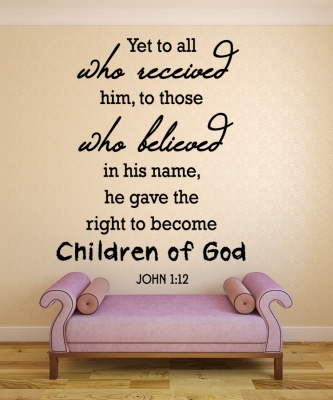
Interpretation and Discussion
John 9:1-12 is located within the second main section of the Fourth Gospel - the Book of Signs (1:19-12:50) – and recounts the sixth of seven ‘signs’ performed by Jesus.
As discussed above, the main function of miracles in this Gospel is that of legitimisation. As such, the accounts of such occurrences point to the validity of who Jesus claims to be: he who has been sent by God, who works through him, for the glorification and fulfillment of human life. The evangelist has established that Jesus is the revelation of the glory of God (Jn 2:1-12) using the symbolism of Pentecost, and that the new way of relating to God is now through him (at the expense of the antiquated Jewish tradition) (Jn 2:13-23). Now they make use of a ‘sign’ within the context of another Jewish festival (Tabernacles) to further validate Jesus as the bringer of life and light to humankind.
In order to fully grasp the meaning of the Fourth Gospel, it is vital that one realise that it is inseparable from the historical situation of the post-70CE Johannine community, especially in relation to the immediate Judaic population. This passage is the most evidential of the final schism between the Johannine community and that of the synagogue[1], a growing development distinguishable throughout the developing theology of the Gospel. When read in the whole context of the chapter, it is possible to identify this passage as tracing the faith development of the Johannine community in the face of intense hostility through the character of the man born blind[2]. As the Johannine community was ejected from the controlling influence of Judaism, its Christology became more aggressive as a way of justifying to the fullest extent their belief in Jesus as the Messiah. It is to this end that the ‘signs’ of the Johannine Jesus function.
[1] Francis J. Moloney, “Who is ‘The Reader’ in/of the Fourth Gospel?” in The Interpretation of John, ed. John Ashton (Scotland: T&T Clark Ltd, 1997), 223.
[2] Moloney, “Who is ‘The Reader’?”, 224.
References
- De Boer, M. C. “Narrative Criticism, Historical Criticism, and the Gospel of John.” In The Interpretation of John, edited by John Ashton, 301-314. Scotland: T&T Clark Ltd, 1997.
- Dodd, C. H. Historical Tradition in the Fourth Gospel. Cambridge: Cambridge University Press, 1963.
- Dodd, C. H. The Interpretation of the Fourth Gospel. Cambridge: Cambridge University Press, 1968.
- Jones, Larry Paul. The Symbol of Water in the Gospel of John. Sheffield: Sheffield Academic Press, 1997.
- Kelly, Anthony J. And Francis J. Moloney. Experiencing God in the Gospel of John. New Jersey: Paulist Press, 2003.
- Koester, C. R. Symbolism in the Fourth Gospel: Meaning, Mystery and Surprise. Minneapolis: Fortress Press, 1995.
- Lee, Dorothy A. The Symbolic Narratives of the Fourth Gospel: The Interplay of Form and Meaning. Sheffield: JSOT Press, 1994.
- Moloney, Francis J. “Who is ‘The Reader’ in/of the Fourth Gospel?”. In The Interpretation of John, edited by John Ashton, 219-233. Scotland: T&T Clark Ltd, 1997.
- Smith, D. Moody. John. Nashville: Abingdon Press, 1999.
- Stibbe, Mark W. G. “‘Return to Sender’: A Structuralist Approach to John’s Gospel.” In The Interpretation of John, edited by John Ashton, 261-278. Scotland: T&T Clark Ltd, 1997.
- Talbert, Charles H. Reading John: A Literary and Theological Commentary on the Fourth Gospel and the Johannine Epistles. New York, NY: The Crossroad Publishing Company, 1992.
- Yee, Gale A. Jewish Feasts and the Gospel of John. Delaware: Michael Glazier Inc, 1989.




